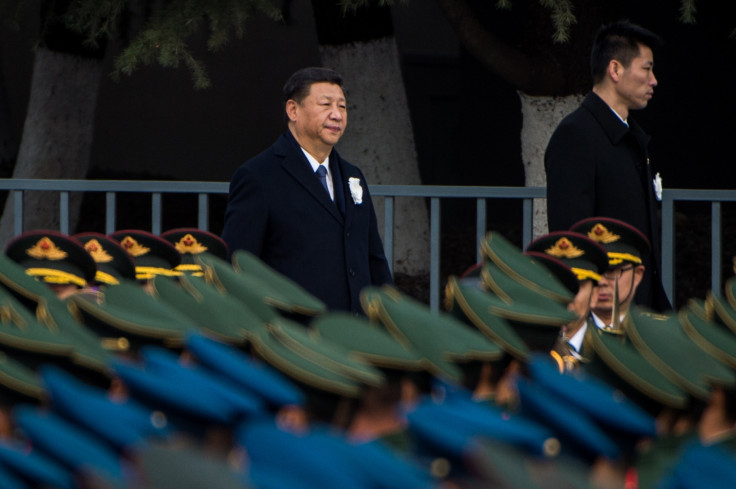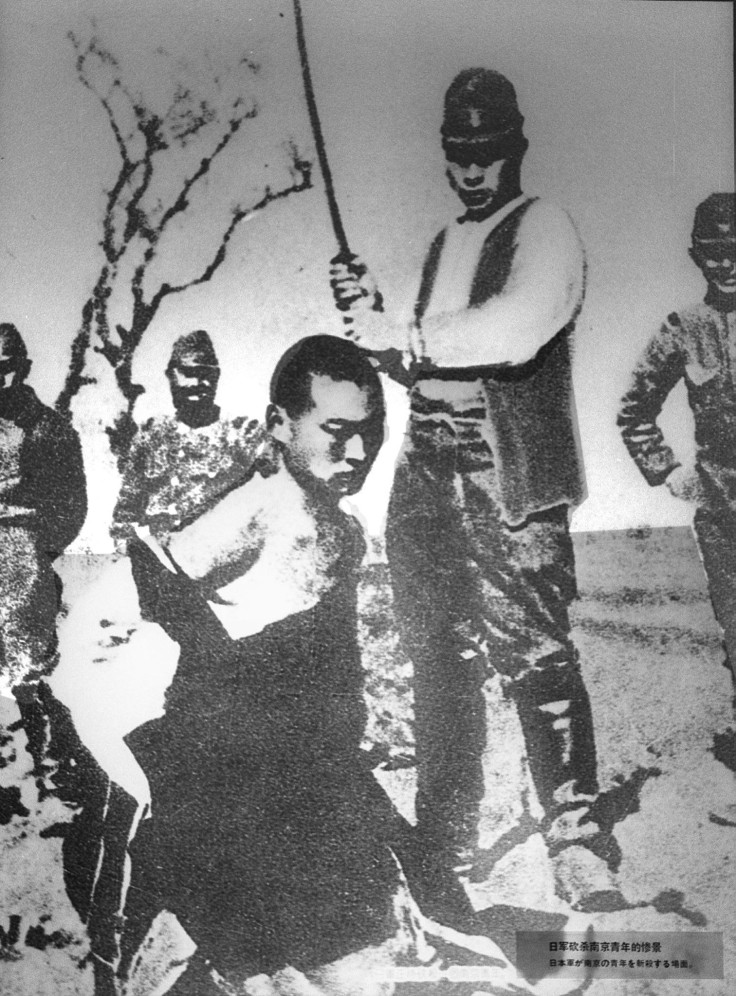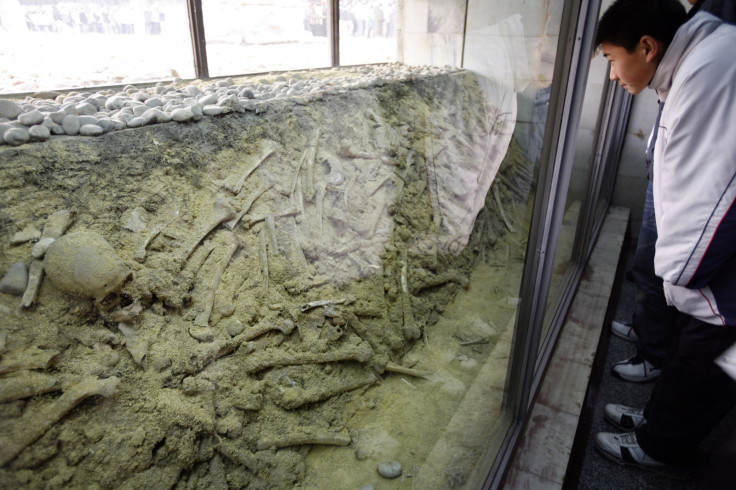What is the Nanjing Massacre of 1937? China remembers attack by Japanese troops that left 300,000 dead
Between 20,000 and 80,000 women were sexually assaulted in the city of Nanjing, the former capital of the Republic of China.
China marked the 80<sup>th anniversary of the Nanjing Massacre on 13 December to remember the brutal killings of thousands of nationals at the hands of Japanese soldiers. On Wednesday, Chinese from around the world remembered the 300,000 people killed in the attack on Nanjing, the former capital of the Republic of China, in 1937.
The country's president, Xi Jinping joined other officials and residents of Nanjing for a minute of silence to mark the loss of lives but chose not to give a speech at the event. Instead, Yu Zhengsheng, head of China's parliamentary advisory body, called on the two Asian neighbours to improve ties and put to rest their violent history.
"China and Japan must act on the basis of both their people's basic interests, correctly grasp the broad direction of peaceful and friendly cooperation, take history as a mirror, face the future and pass on friendship down the generations," Yu said.
South Korean President Moon Jae-in, who is in Beijing for a four-day tour, also spoke about the brutal events and offered his condolences to the survivors and their families. Across the sea in Tokyo, Chief Cabinet Secretary Yoshihide Suga echoed Yu's words, stressing the importance of friendly ties.
"The leaders of Japan and China have agreed in past meetings to further improve relations and it is important while cherishing this trend, to together show a future-oriented stance," Suga said at a news conference.

What is Nanjing Massacre?
In 1937, a battle at the at Marco Polo Bridge between the Republic of China's National Revolutionary Army and the Imperial Japanese Army triggered the Second Sino-Japanese War. By August, the Japanese army had advanced on Shanghai and a months-long clash between forces ensued, which finally led to the capture of Nanjing city.
On 1 December, the General Staff Headquarters in Tokyo ordered troops to take over Nanjing. Recognising there was no chance of winning the battle, Chiang Kai-shek, the leader of the Republic of China, withdrew his troops from the city leaving it virtually defenceless. Tang Shengzhi, a Chinese warlord and military commander attempted to put up a strong front by preventing civilians from leaving the city. He ordered nearby villages to be burned, boats to be sunk and bridges collapsed.

The Chinese government and the president escaped the city by 7 December. As the Japanese Army approached, it brought along with them a bloodlust that led to over six weeks of attack on the city, with widespread murder and rape. According to records, between 20,000 and 80,000 women along with children and the elderly, were sexually assaulted and a total of 300,000 people were killed.
The Tokyo Nichi Nichi Shimbun even reported about an alleged killing contest in which two soldiers competed to see who could murder 100 people faster with only a sword. It is still not proved if the event did actually take place or was a fabricated story.

According to reports, Japanese troops destroyed almost one-third of the city as a result of arson. Government buildings, as well as the homes of many civilians, were torched and soldiers raided homes for valuables.
At the end of the massacre, Nanjing was left in ruins. The city was marked by blood and terror and would take decades to climb back out of its ashes.
The massacre finally came to an end by January 1938 as the Japanese army established a collaborative government following which a number of the leading generals were called back to Japan.






















